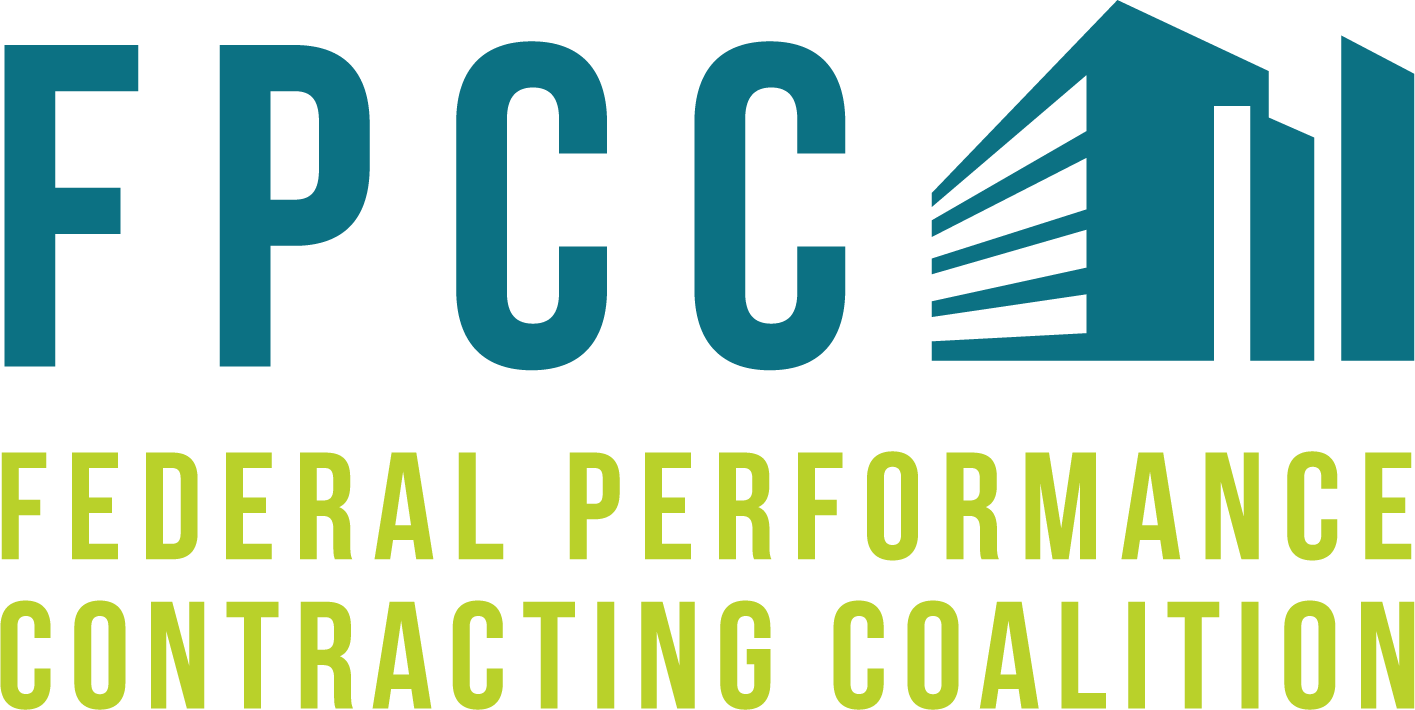Construction in cold and snowy regions presents unique challenges. Harsh weather conditions, frozen ground, and heavy snow accumulation can disrupt schedules, damage materials, and compromise safety. To overcome these obstacles, the industry has embraced innovative construction techniques designed specifically for winter environments. These approaches not only keep projects moving but also ensure durability and safety in demanding climates.
Advanced Insulation and Heating Solutions
One of the biggest hurdles in cold-weather construction is maintaining optimal temperatures for materials like concrete and asphalt. Innovations such as heated enclosures, thermal blankets, and ground-thawing machines allow crews to pour and cure concrete even in subfreezing temperatures. Radiant heating systems are also used to keep work areas warm, ensuring productivity is maintained throughout the project.
Cold-Weather Concrete Mixes
Traditional concrete can be vulnerable to freezing during the curing process, which weakens its structural integrity. To solve this, engineers use specially designed cold-weather concrete mixes with chemical admixtures that accelerate curing and resist frost damage. These mixes allow construction teams to maintain high-quality results despite challenging weather.
Modular and Prefabricated Construction
Prefabrication has become a powerful solution for building in snowy regions. By assembling components like walls, floors, and roofs in climate-controlled facilities, construction teams reduce the amount of time workers and materials are exposed to severe weather. On-site assembly is quicker, safer, and less affected by unpredictable snow conditions.
Snow and Ice Management Strategies
Keeping sites clear of snow and ice is critical for both safety and progress. Many contractors employ advanced snow-melting equipment, heated mats, and improved drainage systems to prevent ice buildup. In some cases, environmentally friendly de-icers or traditional methods like sidewalk salt are used to maintain safe access for workers and vehicles.
Protective Materials and Design Considerations
Buildings constructed in snowy climates must withstand heavy snow loads, temperature fluctuations, and ice formation. Innovations in roofing materials, reinforced structural designs, and weather-resistant coatings ensure long-lasting durability. Sloped roofs, snow guards, and advanced gutter systems are also integrated to manage snow and ice safely.
Cold and snowy climates no longer have to slow down construction progress. Through advanced materials, modular building techniques, and proactive snow management, contractors can deliver safe, efficient, and high-quality projects year-round. These innovations highlight the resilience and adaptability of the construction industry in the face of extreme weather challenges.
